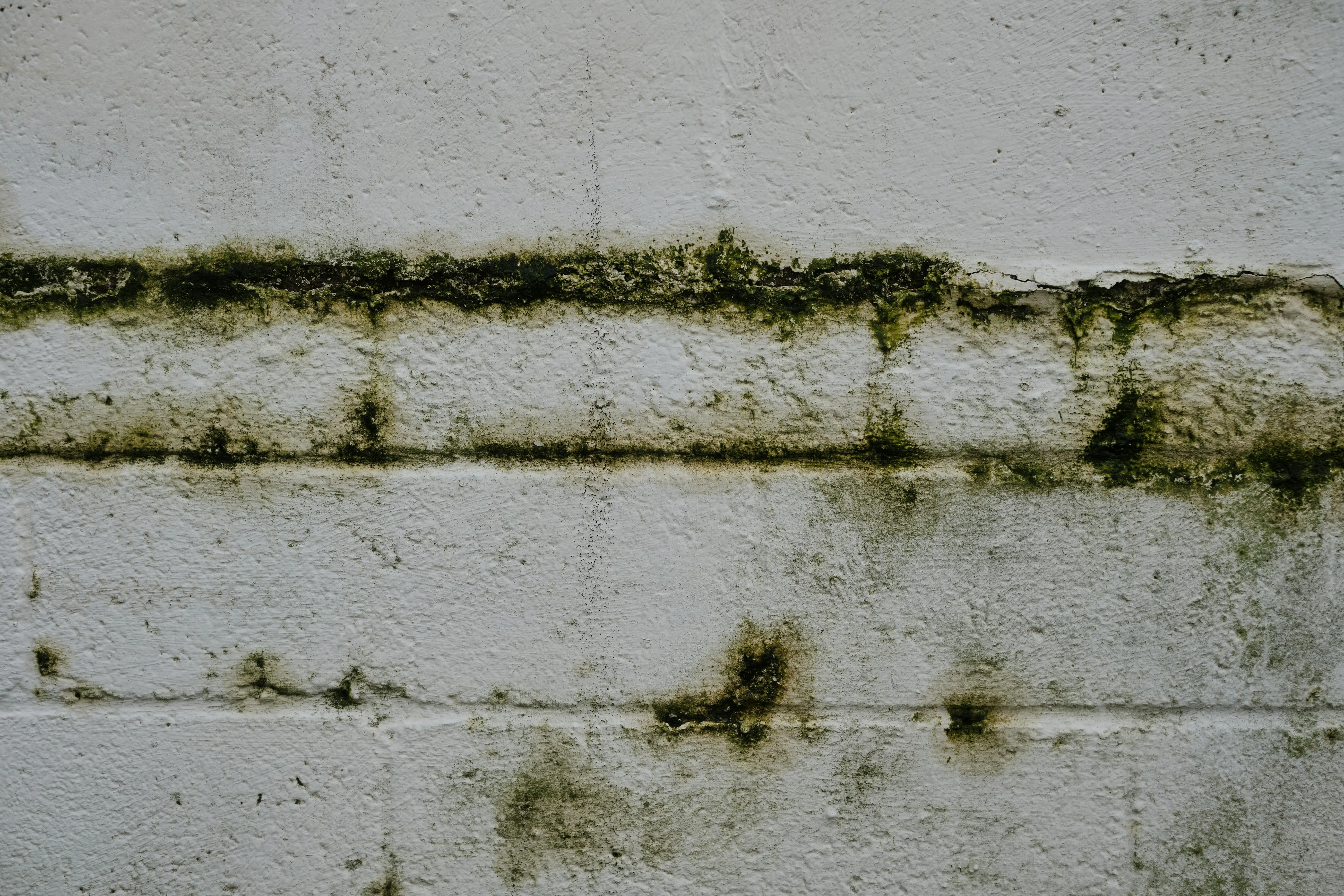A clean bathtub not only enhances the aesthetic appeal of your bathroom but also ensures a hygienic bathing experience. However, with regular use, bathtubs can quickly accumulate dirt, soap scum, and stains, requiring regular maintenance and cleaning. In this comprehensive guide, we'll walk you through the step-by-step process of cleaning your bathtub effectively, from routine upkeep to tackling tough stains.
Understanding Your Bathtub
Before diving into the cleaning process, it's important to understand the type of bathtub you have and its material. Common bathtub materials include:
- Porcelain or Ceramic: These bathtubs are durable and relatively easy to clean but may be prone to scratching if abrasive cleaners are used.
- Acrylic: Acrylic bathtubs are lightweight and resistant to staining but can be scratched easily, requiring gentle cleaning methods.
- Fiberglass: Fiberglass bathtubs are affordable and lightweight but may require special care to avoid scratching and damage.
- Cast Iron: Cast iron bathtubs are incredibly durable and long-lasting but may be susceptible to chipping and rust if not properly maintained.
Identifying the material of your bathtub will help you choose appropriate cleaning products and methods to ensure optimal results without causing damage.
Routine Maintenance

Regular maintenance is key to preventing the buildup of dirt, grime, and soap scum in your bathtub. Incorporate these simple practices into your cleaning routine to keep your bathtub looking its best:
- Daily Wipe Down: After each use, rinse the bathtub with warm water and wipe it down with a soft cloth or squeegee to remove soap residue and prevent water spots.
- Weekly Cleaning: Once a week, give your bathtub a thorough cleaning to remove any buildup of soap scum, dirt, and oils. Use a mild, non-abrasive cleaner and a soft sponge or microfiber cloth to scrub the surfaces gently.
- Preventative Measures: Consider using a bathtub mat or non-slip stickers to prevent scratches and protect the surface of your bathtub. Avoid using abrasive cleaning tools or harsh chemicals that can damage the finish.
Deep Cleaning Techniques

For stubborn stains, mineral deposits, and mildew buildup, you may need to employ more intensive cleaning methods. Here are some effective techniques for deep cleaning your bathtub:
- Baking Soda Paste: Create a paste by mixing baking soda with water until it forms a thick consistency. Apply the paste to the stained areas of the bathtub and let it sit for 15-20 minutes before scrubbing with a soft brush or sponge. Baking soda is mildly abrasive and can help lift away stains without damaging the bathtub surface.
- Vinegar Solution: Vinegar is a natural disinfectant and can effectively dissolve mineral deposits and soap scum. Mix equal parts white vinegar and water in a spray bottle and spray the solution onto the bathtub surfaces. Let it sit for a few minutes before scrubbing with a sponge or brush. Rinse thoroughly with water afterward to remove any vinegar residue.
- Hydrogen Peroxide: For stubborn stains and mildew, hydrogen peroxide can be an effective cleaning agent. Apply hydrogen peroxide directly to the stained areas and let it sit for 10-15 minutes before scrubbing with a soft brush. Rinse the bathtub thoroughly with water to remove any residue.
- Commercial Cleaners: There are many commercial cleaners specifically formulated for bathtub cleaning. Choose a product that is suitable for your bathtub material and follow the manufacturer's instructions carefully. Be cautious when using chemical cleaners and ensure adequate ventilation in the bathroom.
Preventing Future Buildup
Once you've achieved a sparkling clean bathtub, there are steps you can take to prolong the cleanliness and reduce the frequency of deep cleaning:
- Use a Shower Curtain Liner: A shower curtain liner can help prevent water from splashing onto the bathtub surface, reducing the buildup of soap scum and stains.
- Dry the Bathtub Thoroughly: After each use, wipe down the bathtub with a towel to remove excess moisture and prevent mold and mildew growth.
- Install a Water Softener: If you live in an area with hard water, consider installing a water softener to reduce mineral deposits and prevent staining on your bathtub and fixtures.
With regular maintenance and the right cleaning techniques, keeping your bathtub clean and pristine is achievable. By incorporating these tips into your cleaning routine and addressing stains and buildup promptly, you can enjoy a hygienic and inviting bathing experience in your home. Remember to choose cleaning products and methods that are safe for your bathtub material to ensure long-lasting results without causing damage.
.webp)


